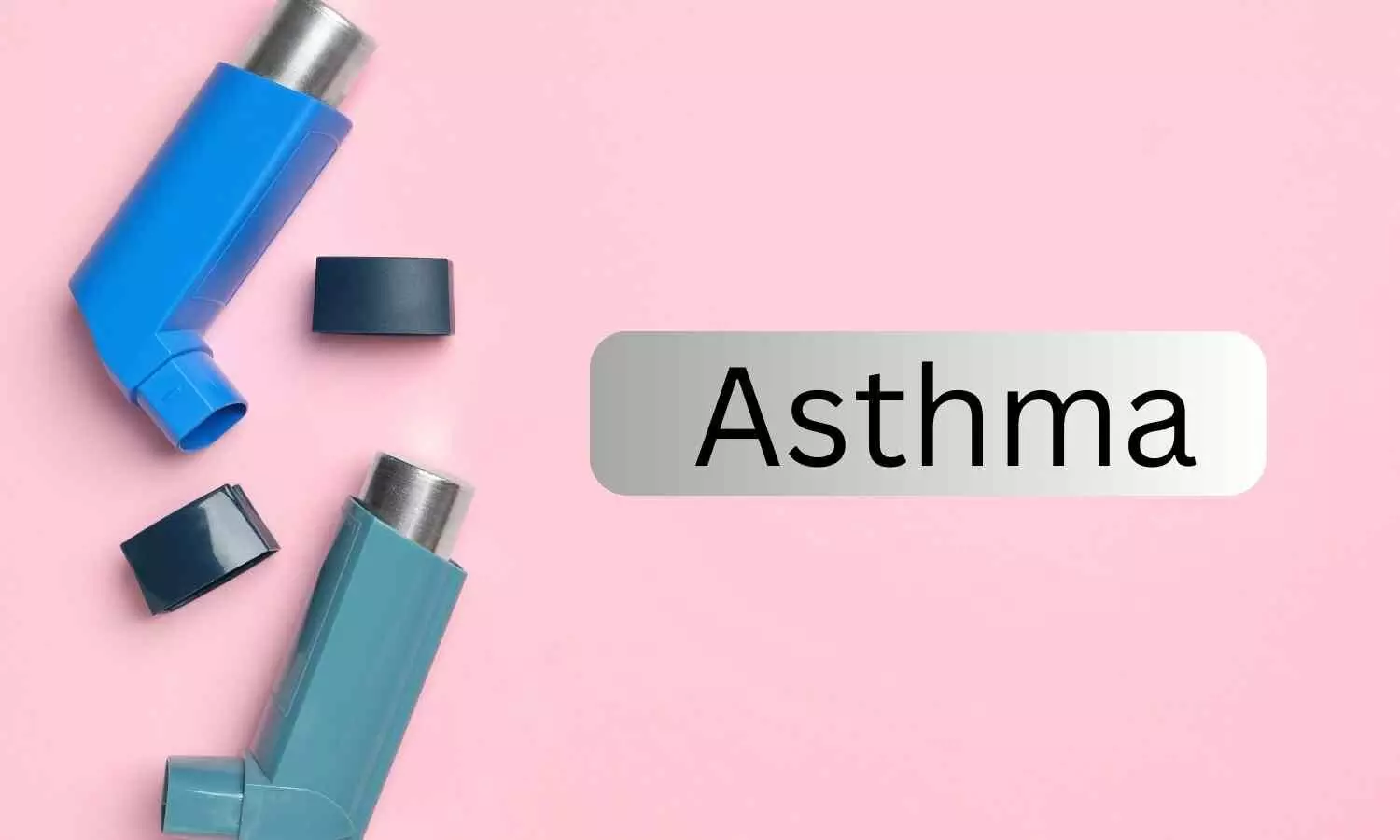Metals and sulfate in air pollution mixture may contribute most to asthma hospitalizations: Study
- byDoctor News Daily Team
- 15 September, 2025
- 0 Comments
- 0 Mins

Metals, particularly nickel and vanadium, and sulfate particles are the components of fine particulateair pollution(PM2.5) that most strongly contribute to the association between long-term exposure to air pollution and hospitalization amongasthmasufferers, according to a new study led by Harvard T.H. Chan School of Public Health. “We know that PM2.5 increases the risk of asthma attacks and hospitalizations, but those particles are made of many compounds, and we haven’t known which are most harmful,” said corresponding author Joel Schwartz, professor of environmental epidemiology. “Our study teases out which specific compounds in the PM2.5 mixture necessitate the strongest control efforts in order to improve asthma outcomes.” The study will be published August 29, 2025, in theAmerican Journal of Respiratory and Critical Care Medicine. Most prior studies have examined the relationship between asthma and individual pollutants or PM2.5 as a whole. The researchers took a middle-ground approach for this study, identifying the pollutants composing PM2.5 and investigating their joint impact on asthma exacerbation. They used previous studies and machine learning algorithms to identify bromine, calcium, copper, elemental carbon, iron, potassium, ammonium, nickel, nitrate, organic carbon, lead, silicon, sulfate, vanadium, and zinc as the compounds composing PM2.5’s mixture of metals and organic compounds. They used additional machine learning algorithms to produce annual estimates of each compound at a U.S. zip-code level and they used state inpatient databases maintained by the Healthcare Cost and Utilization Project to obtain the total number of asthma hospitalizations that occurred in 11 states between 2002 and 2016. Controlling for variables such as outdoor temperature and socioeconomic status among those hospitalized, the researchers used a weighted quantile sum regression, a statistical method that assessed how each compound in the PM2.5 mixture contributed to the 469,005 asthma hospitalizations included in the study. The results showed that for each decile increase in the pollutant mixture, asthma hospitalizations increased 10.6% among children and 8% among adults ages 19 to 64. Nickel, vanadium, sulfate, nitrate, bromine, and ammonium contributed the most weight to this association. “If we want to reduce asthma hospitalizations, these are the sources that need to be better controlled-which we know how to do,” Schwartz said. “Nickel and vanadium, for example, are produced from burning fuel oil, such as heating oil and heavier oils used by larger buildings. Sulfates come from coal burning. We can put scrubbers on coal combustion plants or replace coal with less polluting fuels, and we can remove metal contaminants from fuel oil.” The authors noted that further study is needed to assess how specific particles in the PM2.5 mixture impact asthma hospitalizations after short-term exposure. Bryan N. Vu, Heresh Amini , Xinye Qiu, Yijing Feng, Association of Annual Exposure to Air Pollution Mixture on Asthma Hospitalizations in the United States, American Journal of Respiratory and Critical Care Medicine, https://doi.org/10.1164/rccm.202409-1853OC
Disclaimer: This website is designed for healthcare professionals and serves solely for informational purposes.
The content provided should not be interpreted as medical advice, diagnosis, treatment recommendations, prescriptions, or endorsements of specific medical practices. It is not a replacement for professional medical consultation or the expertise of a licensed healthcare provider.
Given the ever-evolving nature of medical science, we strive to keep our information accurate and up to date. However, we do not guarantee the completeness or accuracy of the content.
If you come across any inconsistencies, please reach out to us at
admin@doctornewsdaily.com.
We do not support or endorse medical opinions, treatments, or recommendations that contradict the advice of qualified healthcare professionals.
By using this website, you agree to our
Terms of Use,
Privacy Policy, and
Advertisement Policy.
For further details, please review our
Full Disclaimer.
Recent News
Gum disease could silently cause serious brain dam...
- 03 November, 2025
Can Early-Day Fasting Significantly Boost Metaboli...
- 03 November, 2025
Delhi HC bars doctor from running medical centre d...
- 03 November, 2025
Daily Newsletter
Get all the top stories from Blogs to keep track.


0 Comments
Post a comment
No comments yet. Be the first to comment!